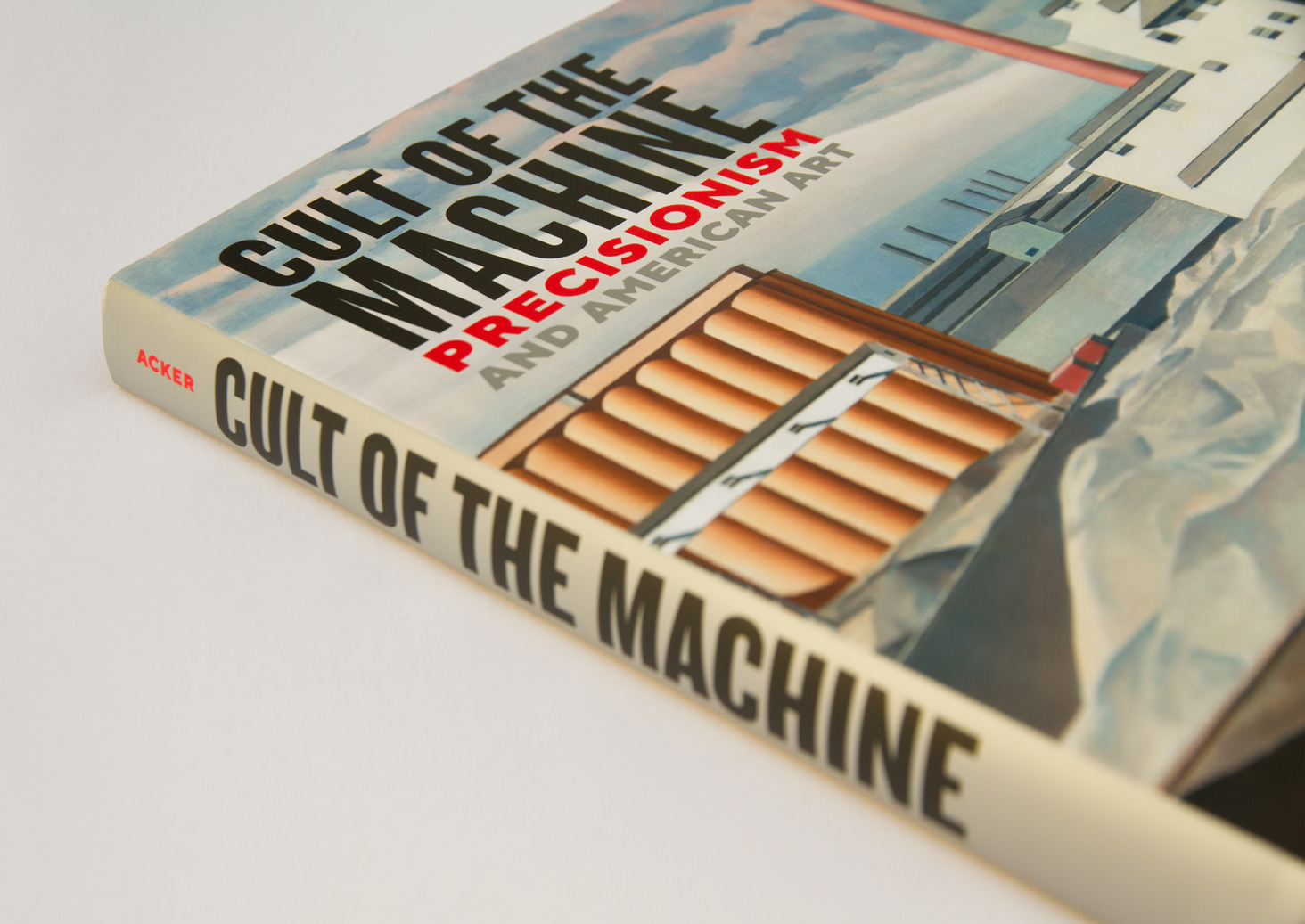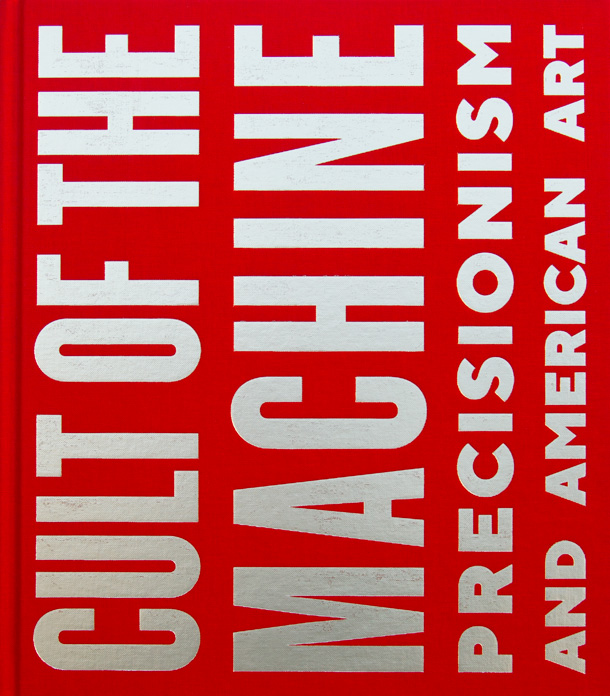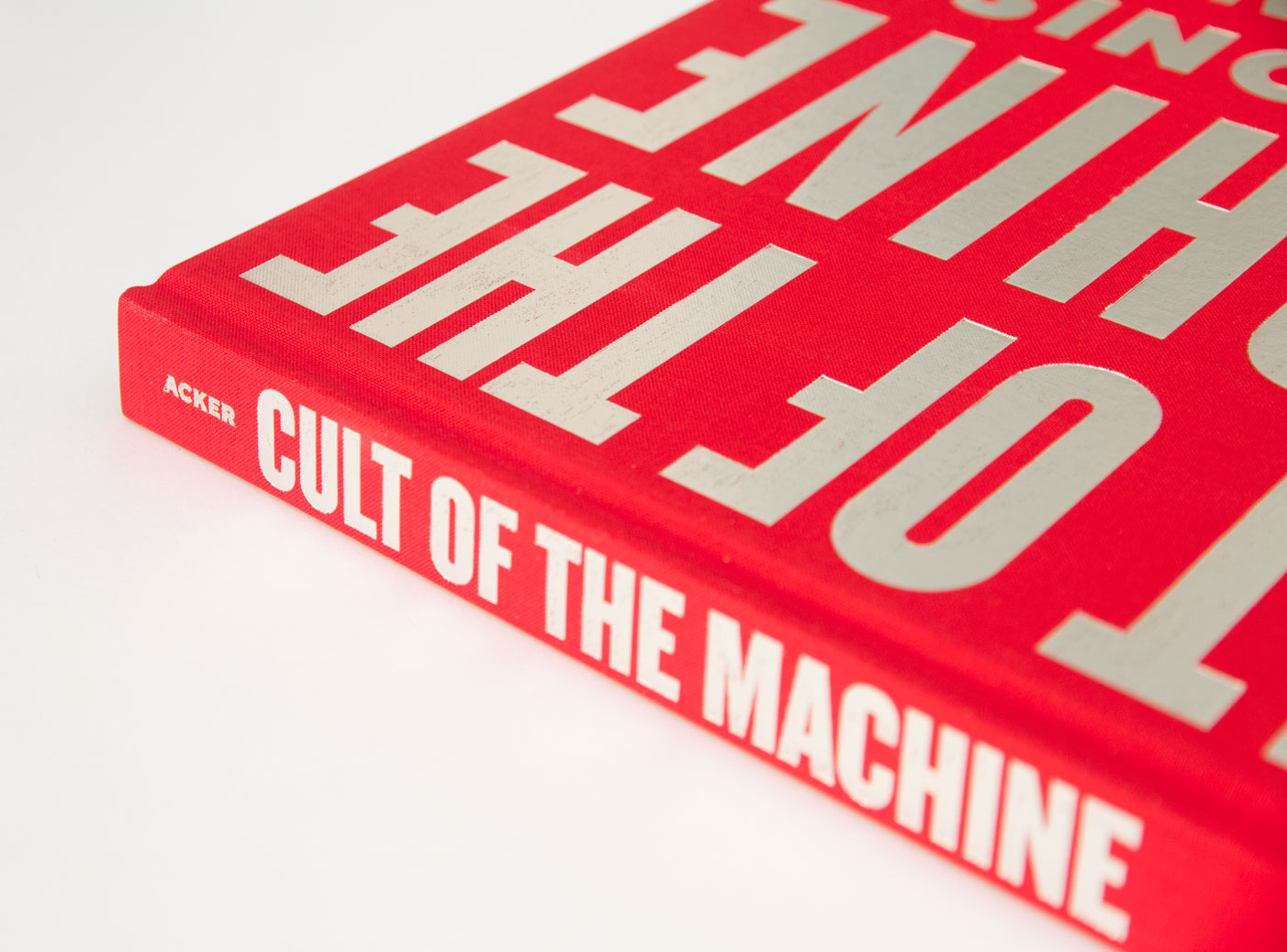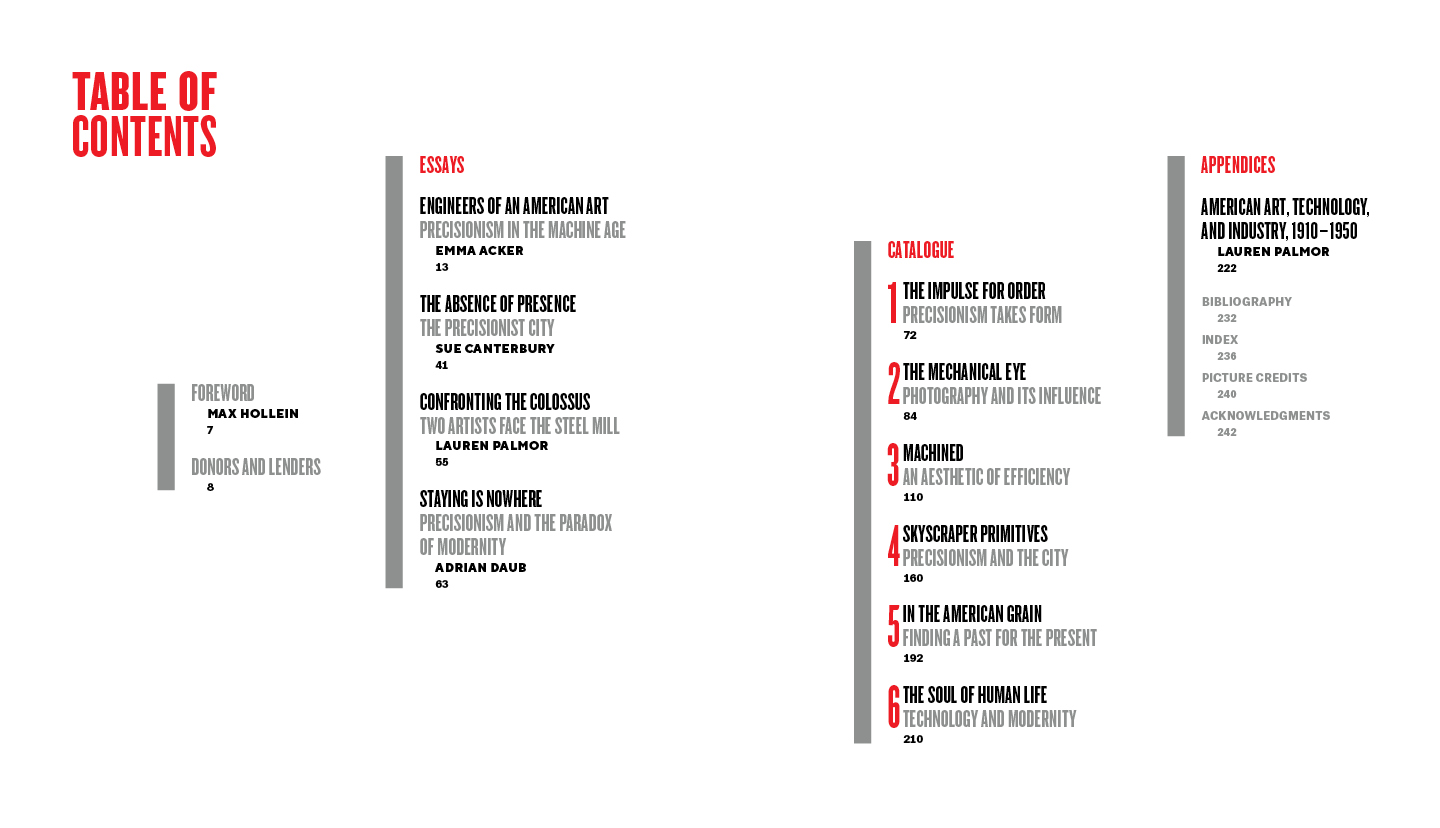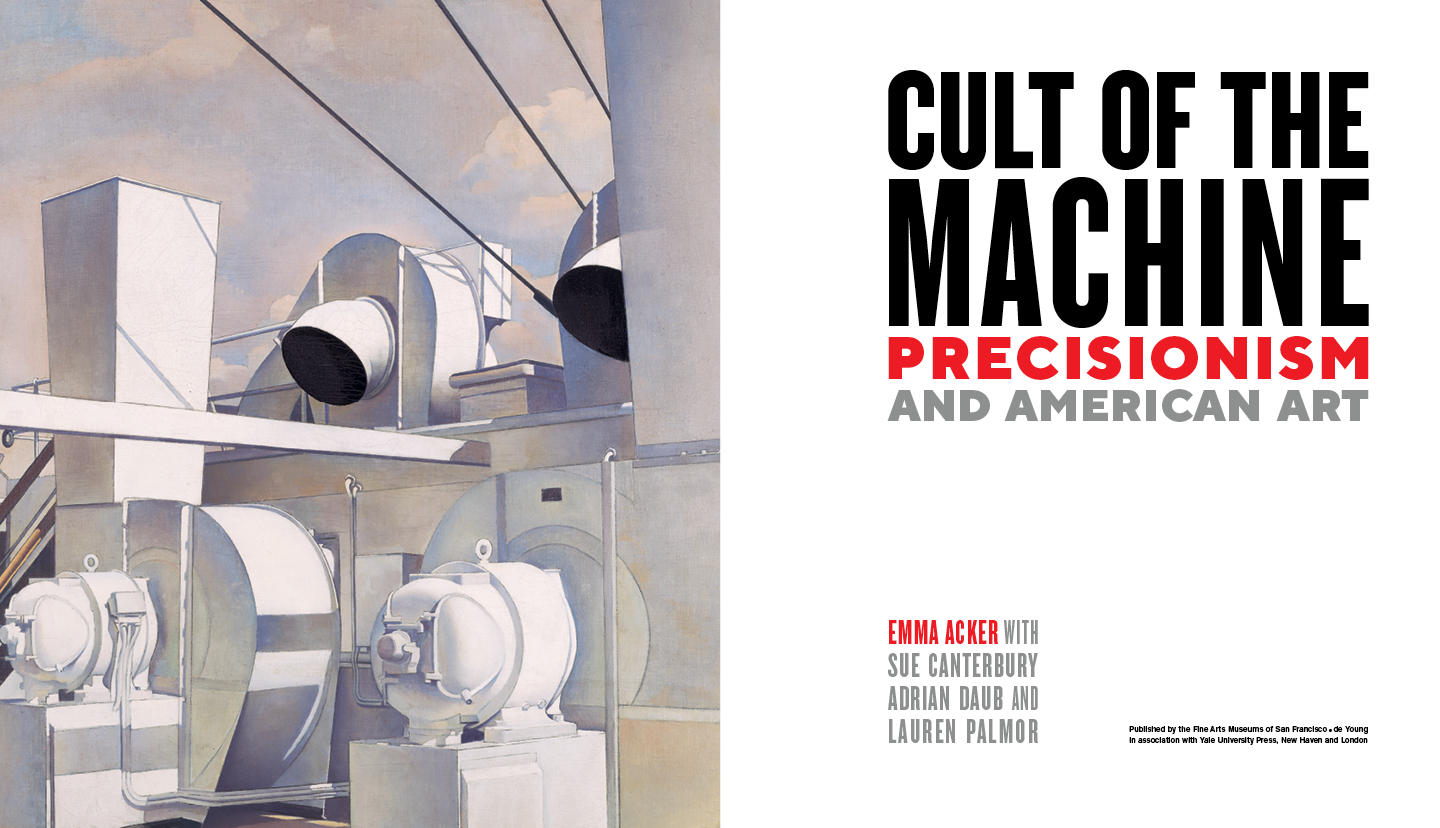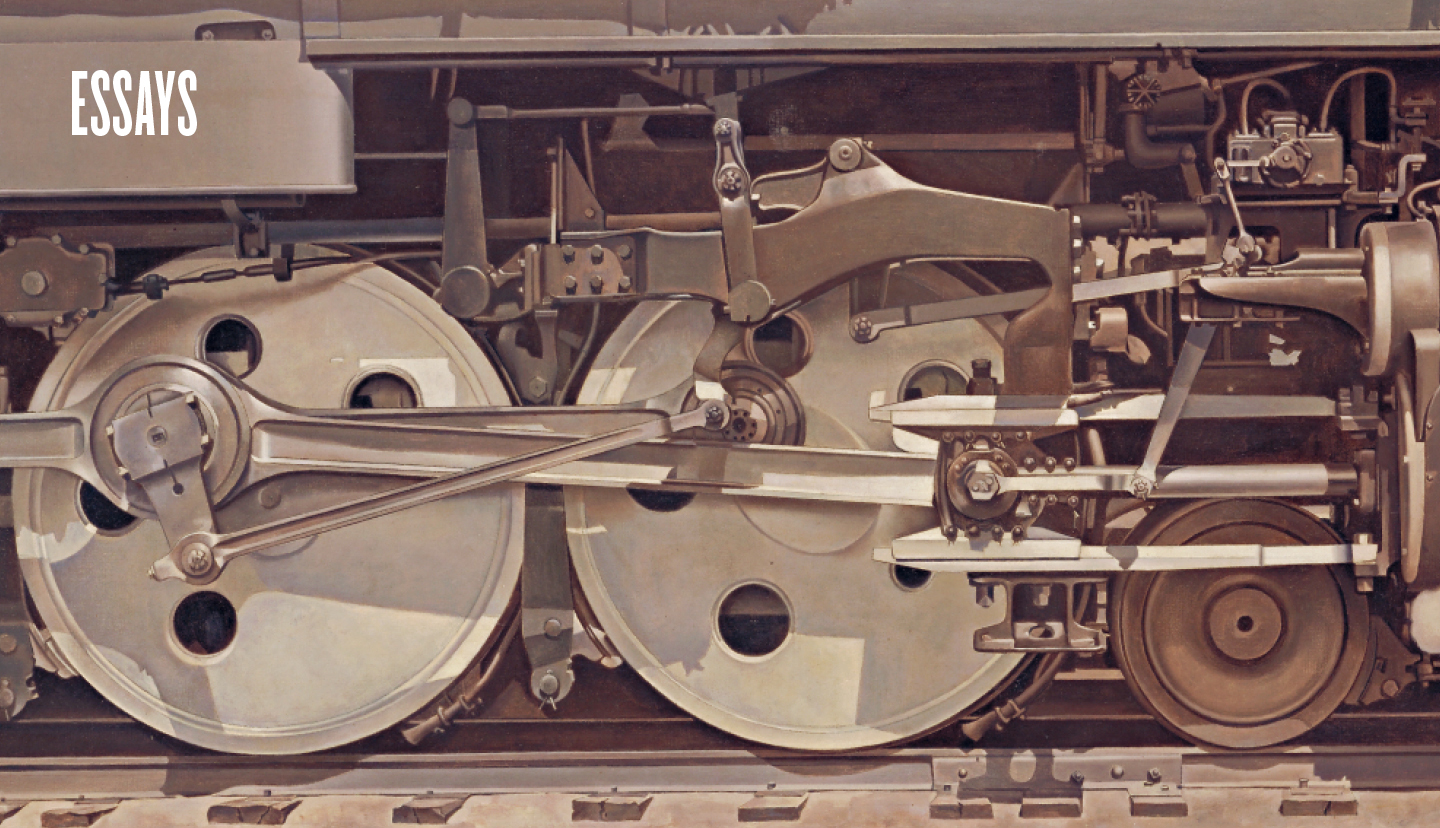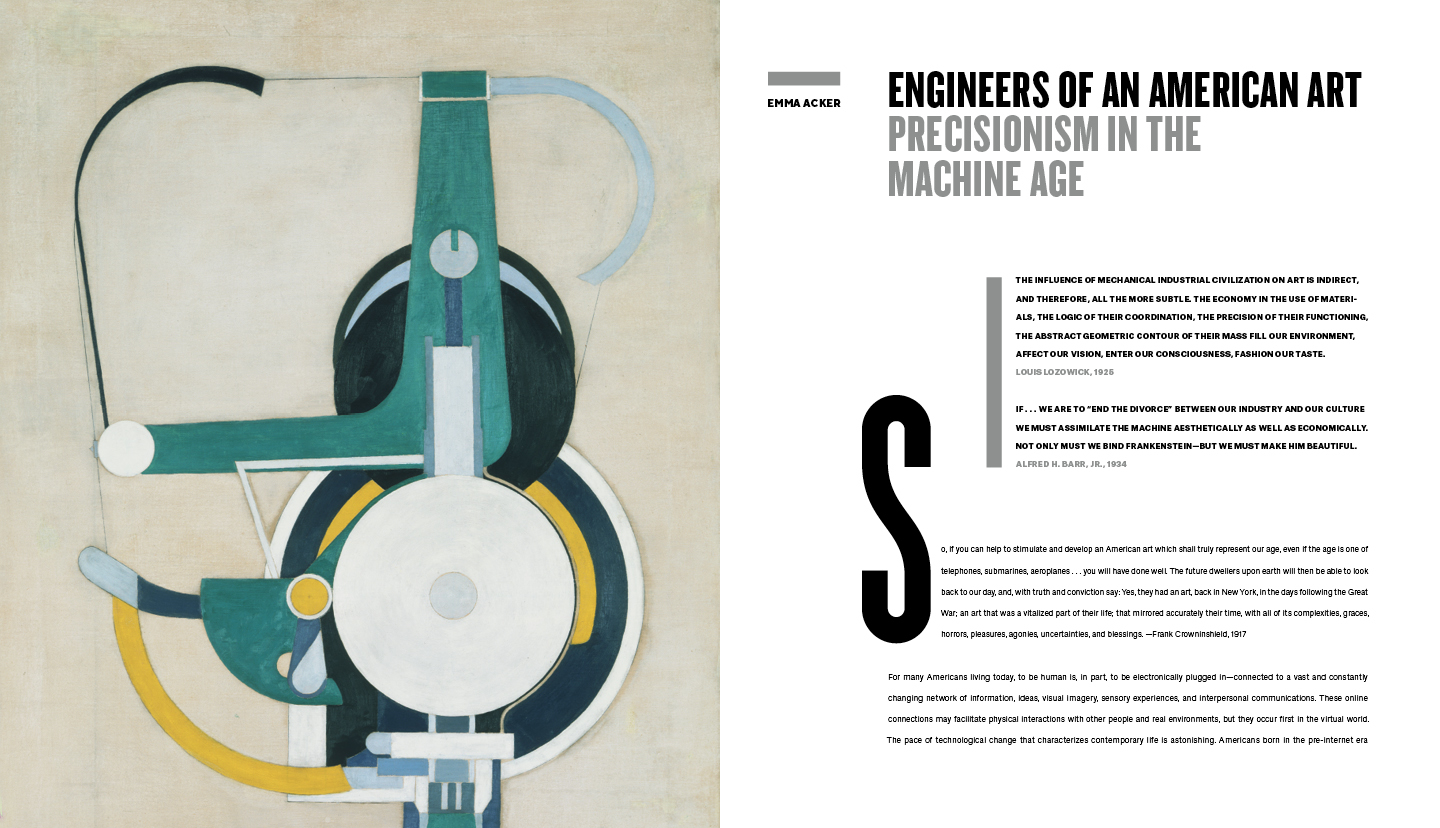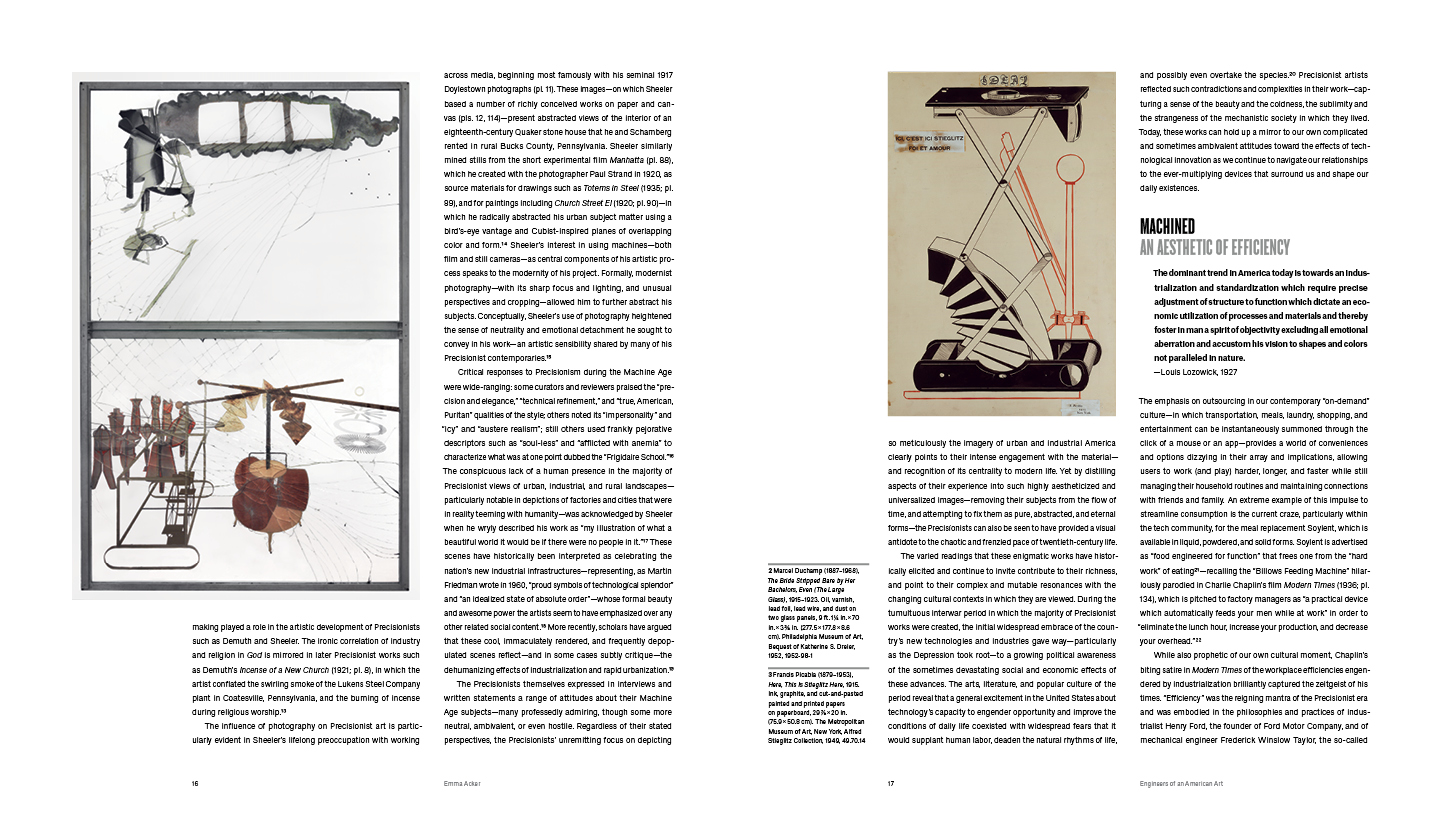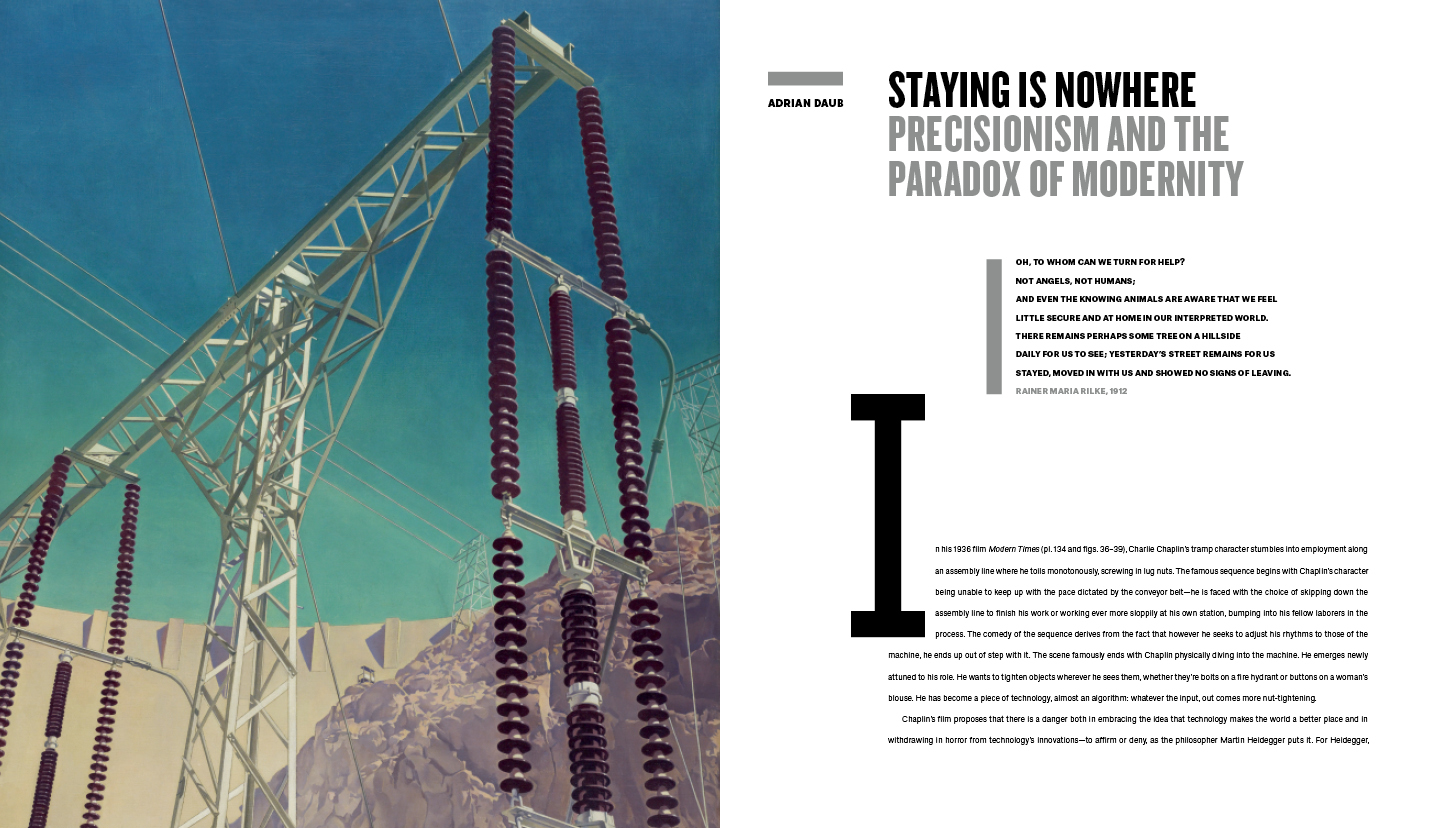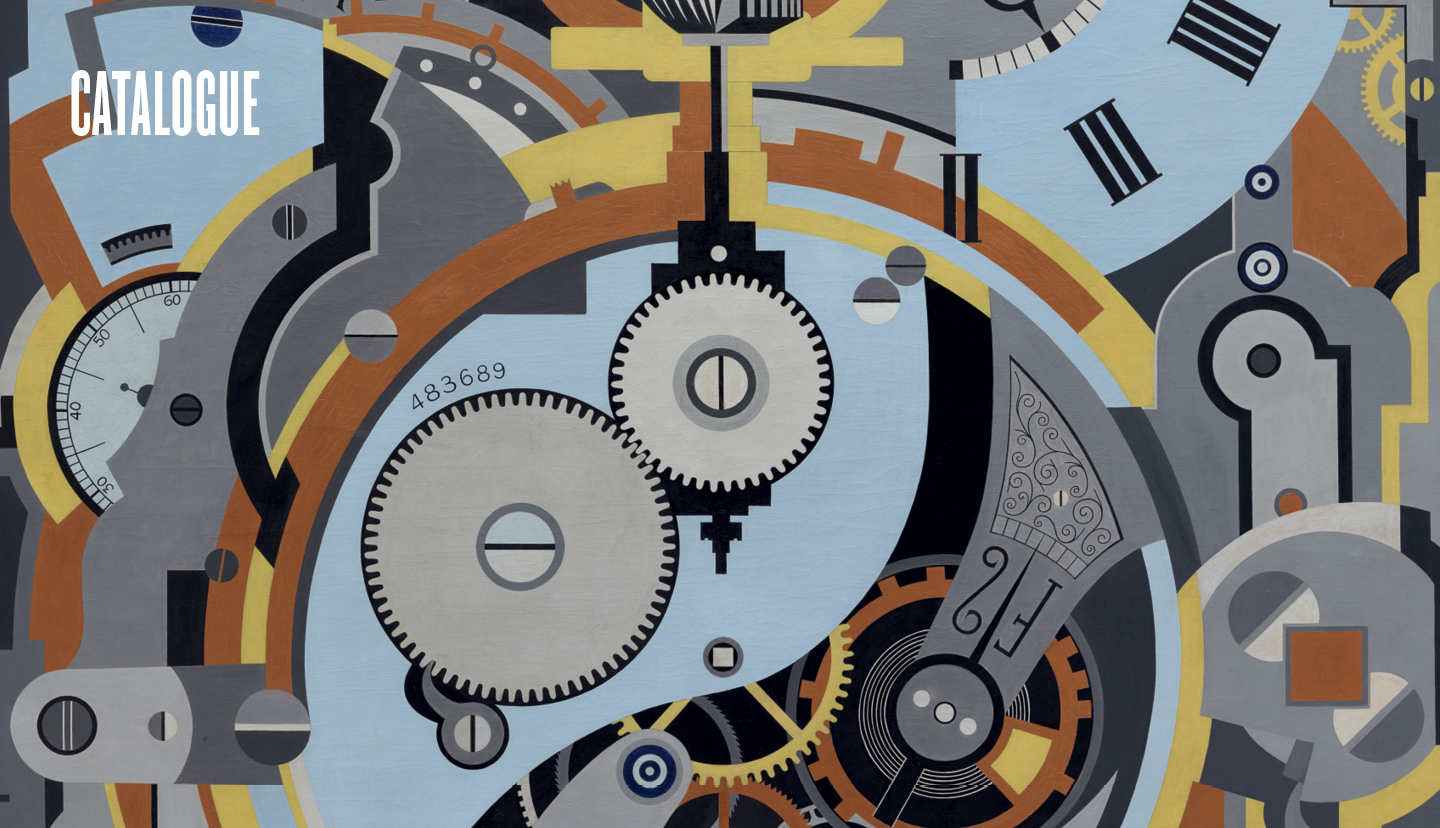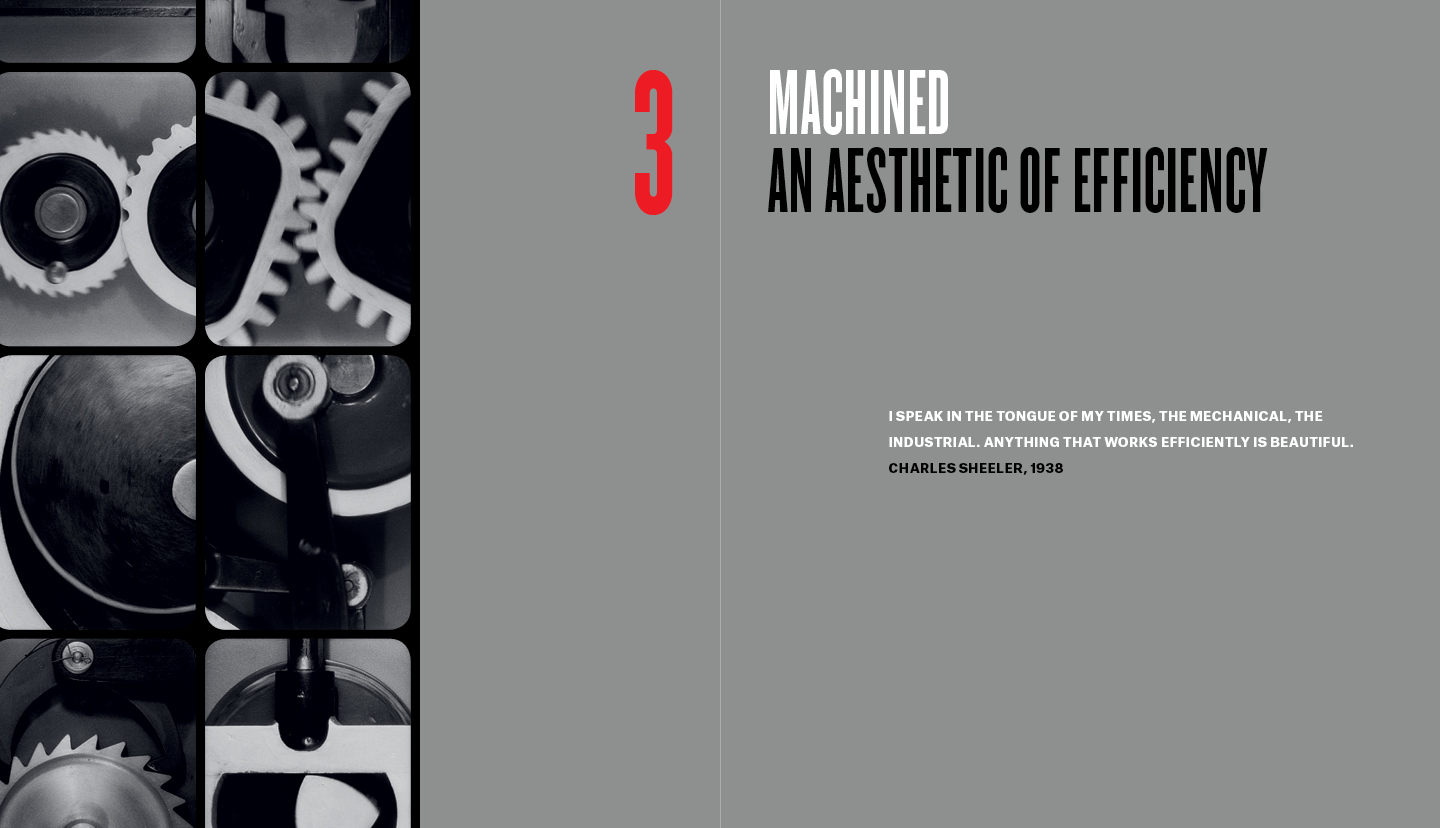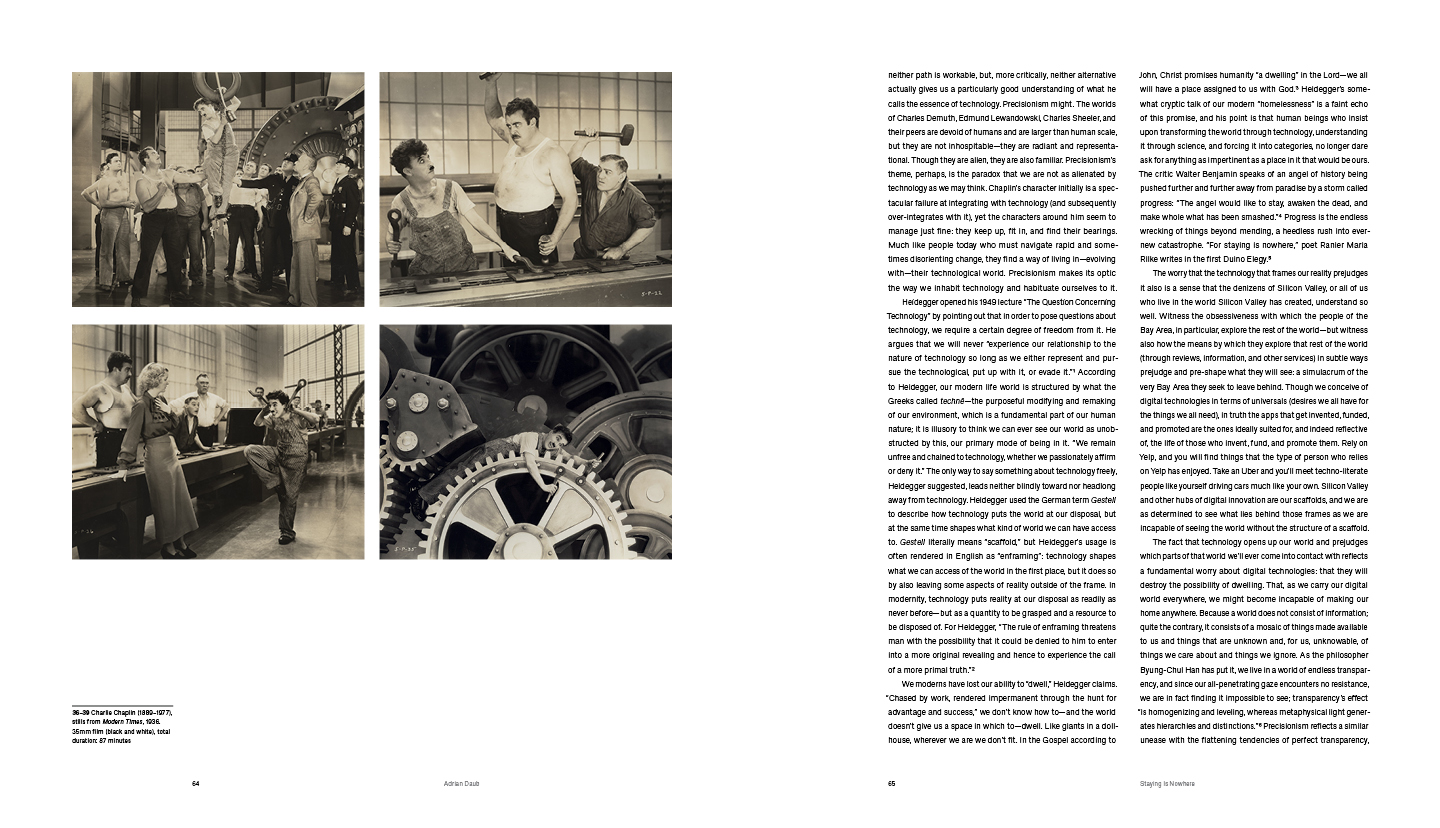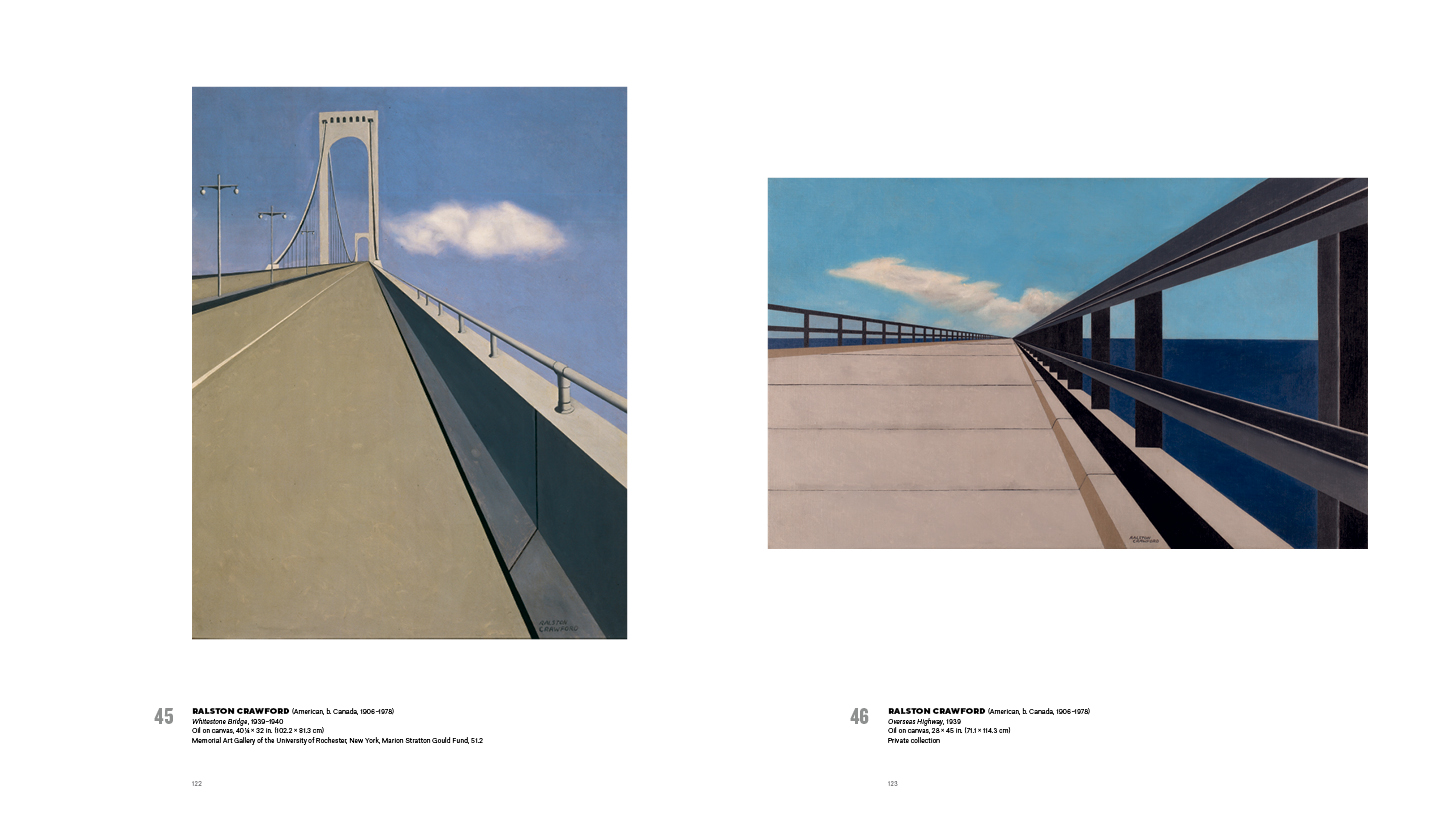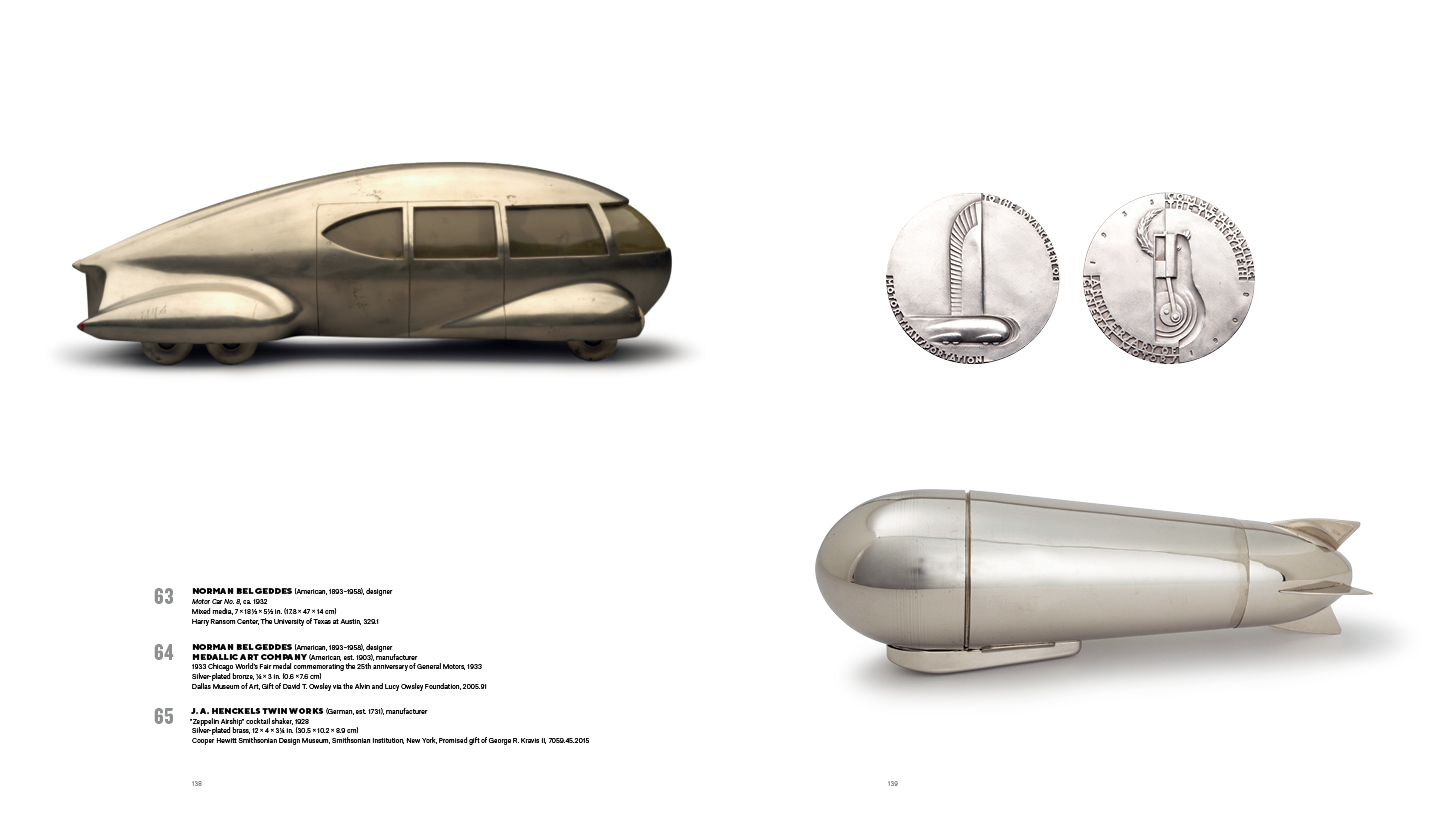Cult of the Machine: Precisionism and American Art
Exhibition catalogue for the Fine Arts Museums of San Francisco and Yale University Press
Essays by Emma Acker
with Sue Canterbury, Adrian Daub and Lauren Palmor
From the FAMSF:
Characterized by highly structured, geometric compositions with smooth surfaces, linear qualities, and lucid forms, Precisionism—a style that emerged in America in the teens and flourished during the 1920s and 1930s—reconciled realism with abstraction, and wed European art movements, such as Purism, Cubism, and Futurism, to American subject matter to create a streamlined, “machined” aesthetic with themes ranging from the urban and industrial to the pastoral. The tensions and ambivalences about industrialization expressed in works by the Precisionists are particularly fascinating and relevant to a contemporary audience in the midst of a Fourth Industrial Revolution, in which robots are replacing human labor for various functions, underscoring many of the same excitements and concerns about modernization that existed nearly one hundred years ago.
244 pages
10 x 12 inches
